Back to Courses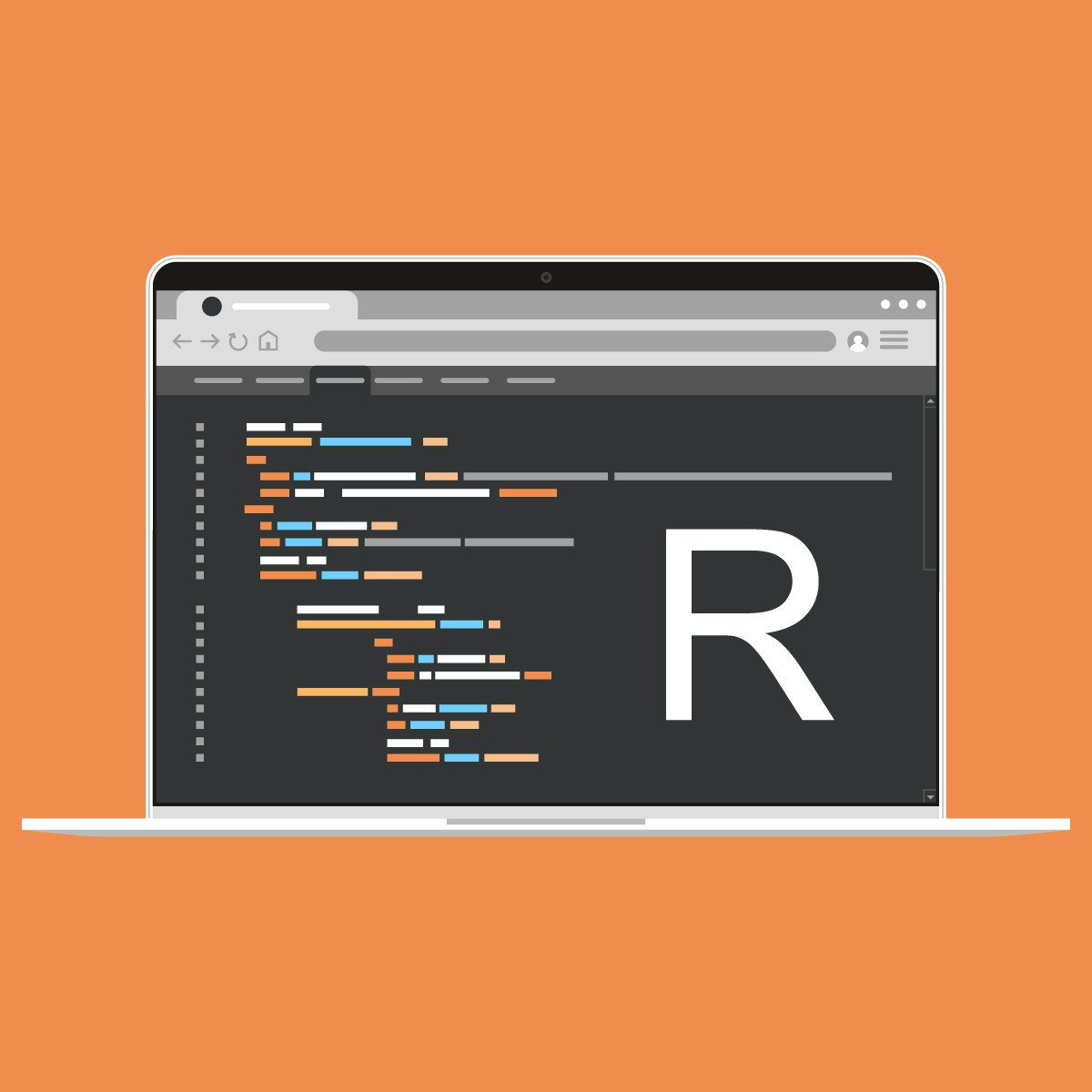


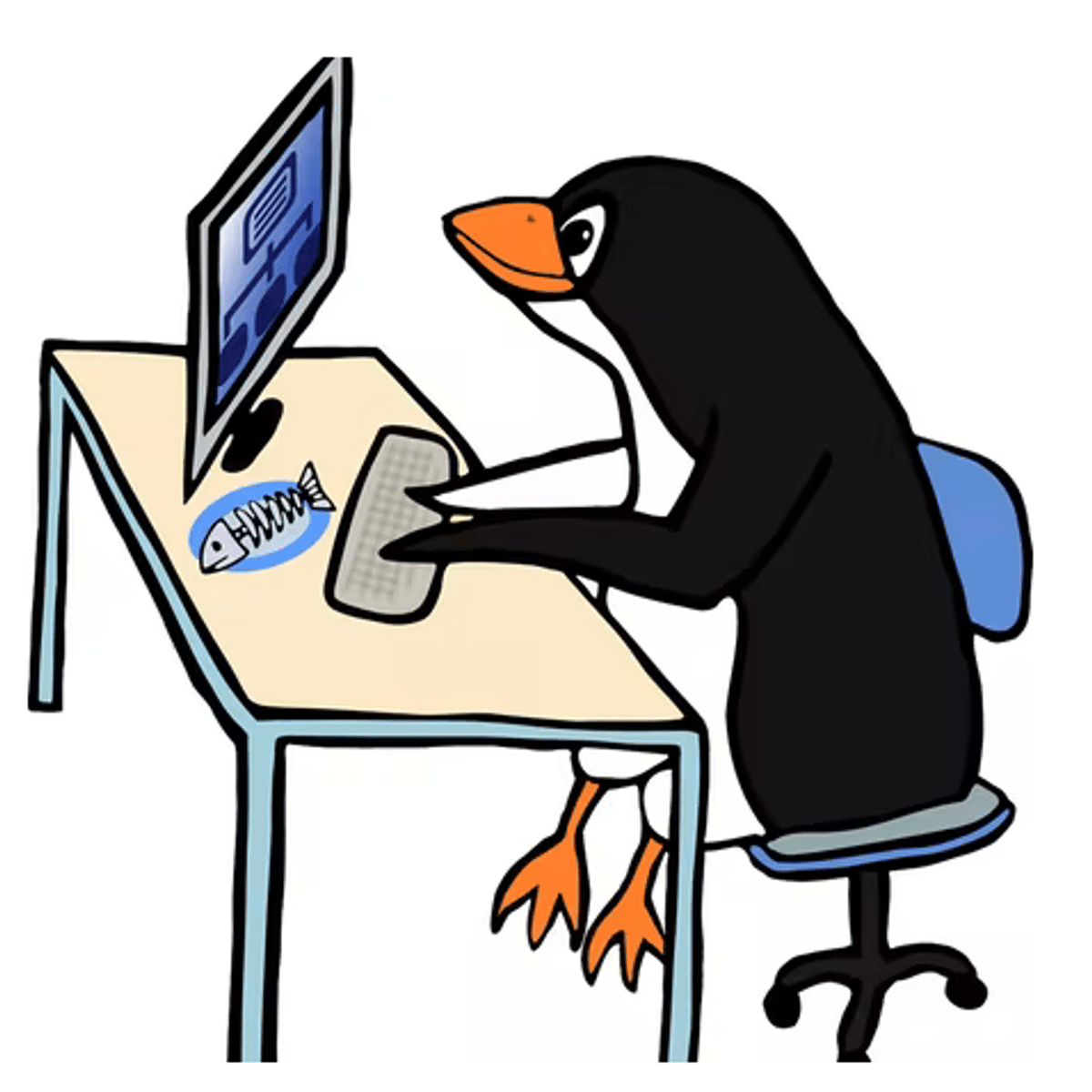


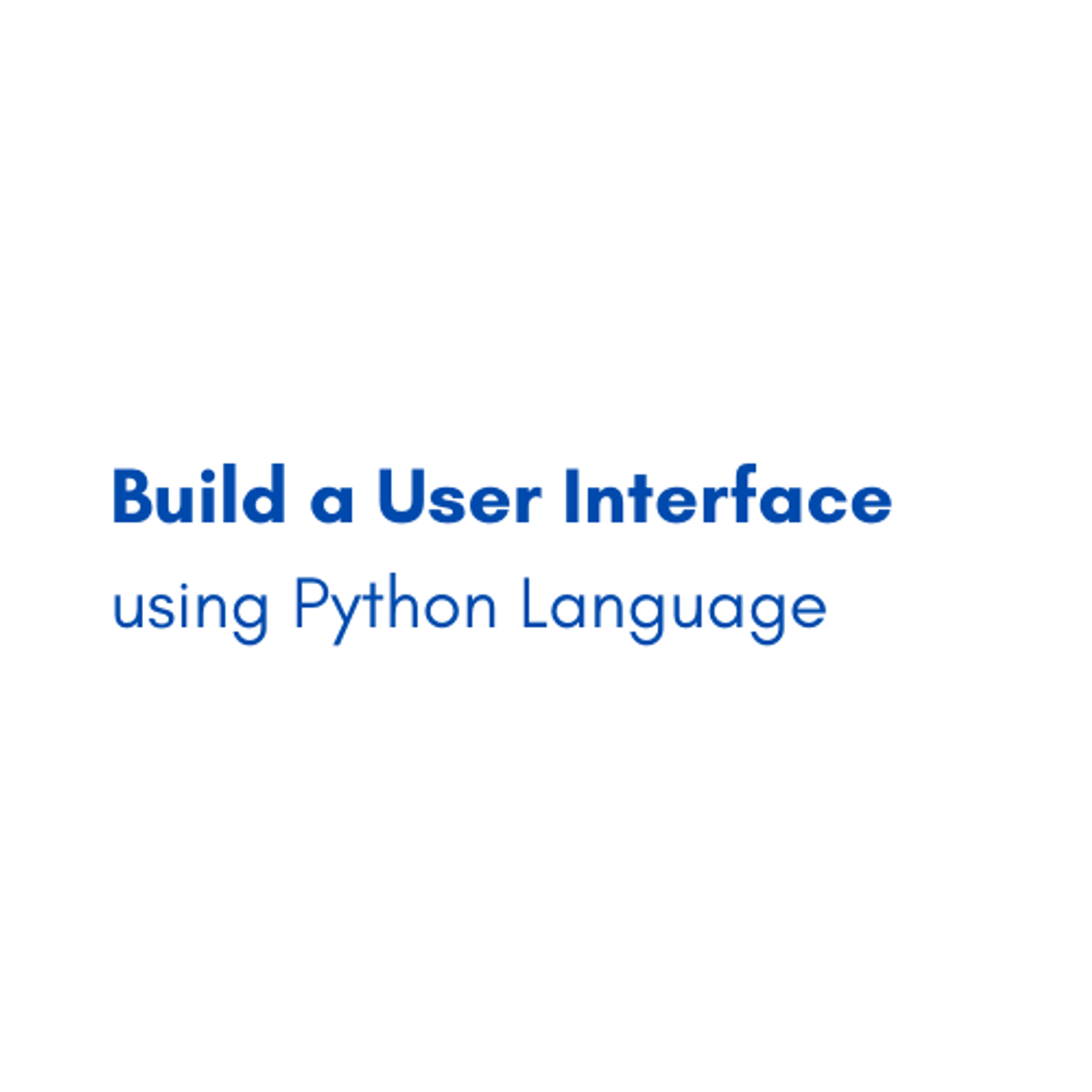

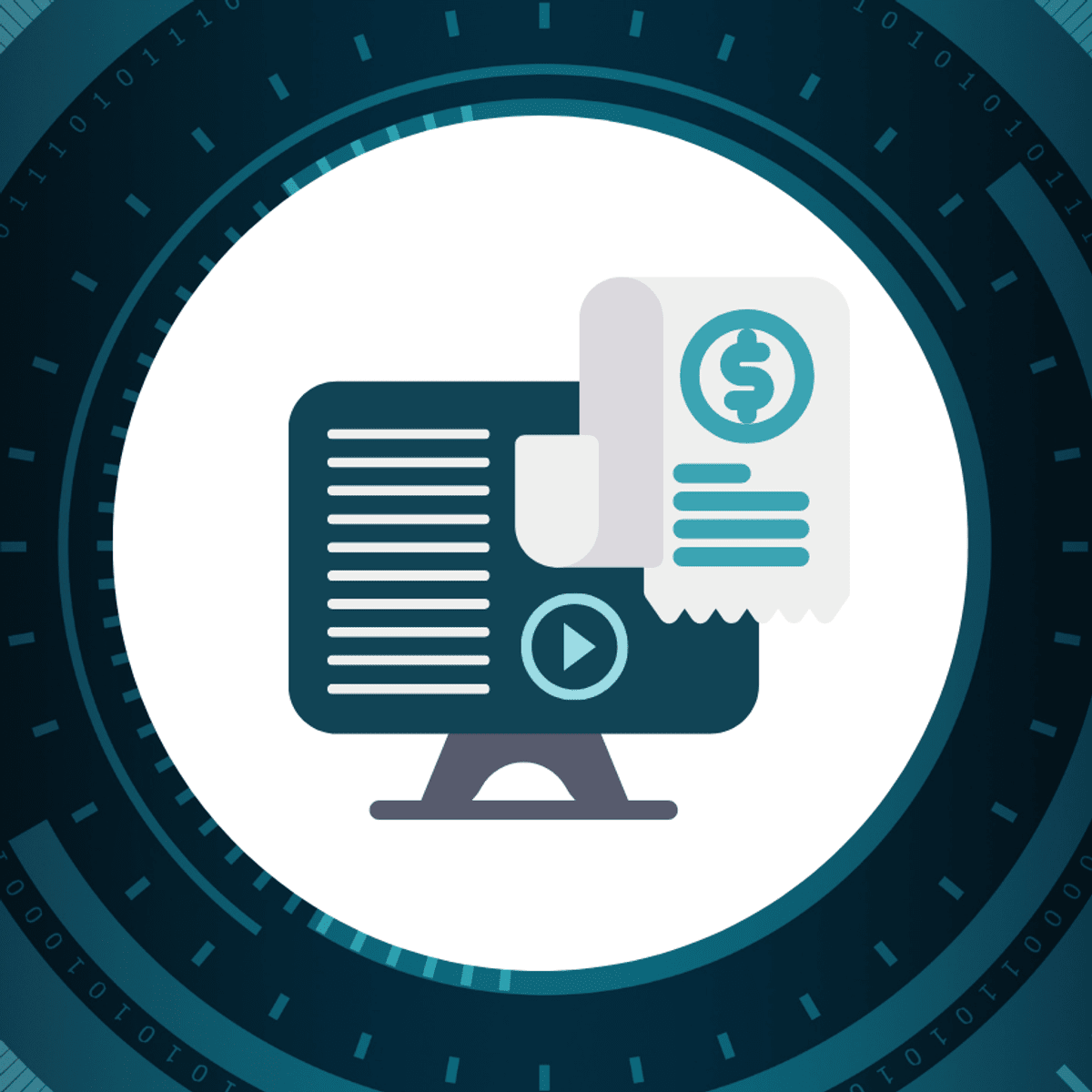
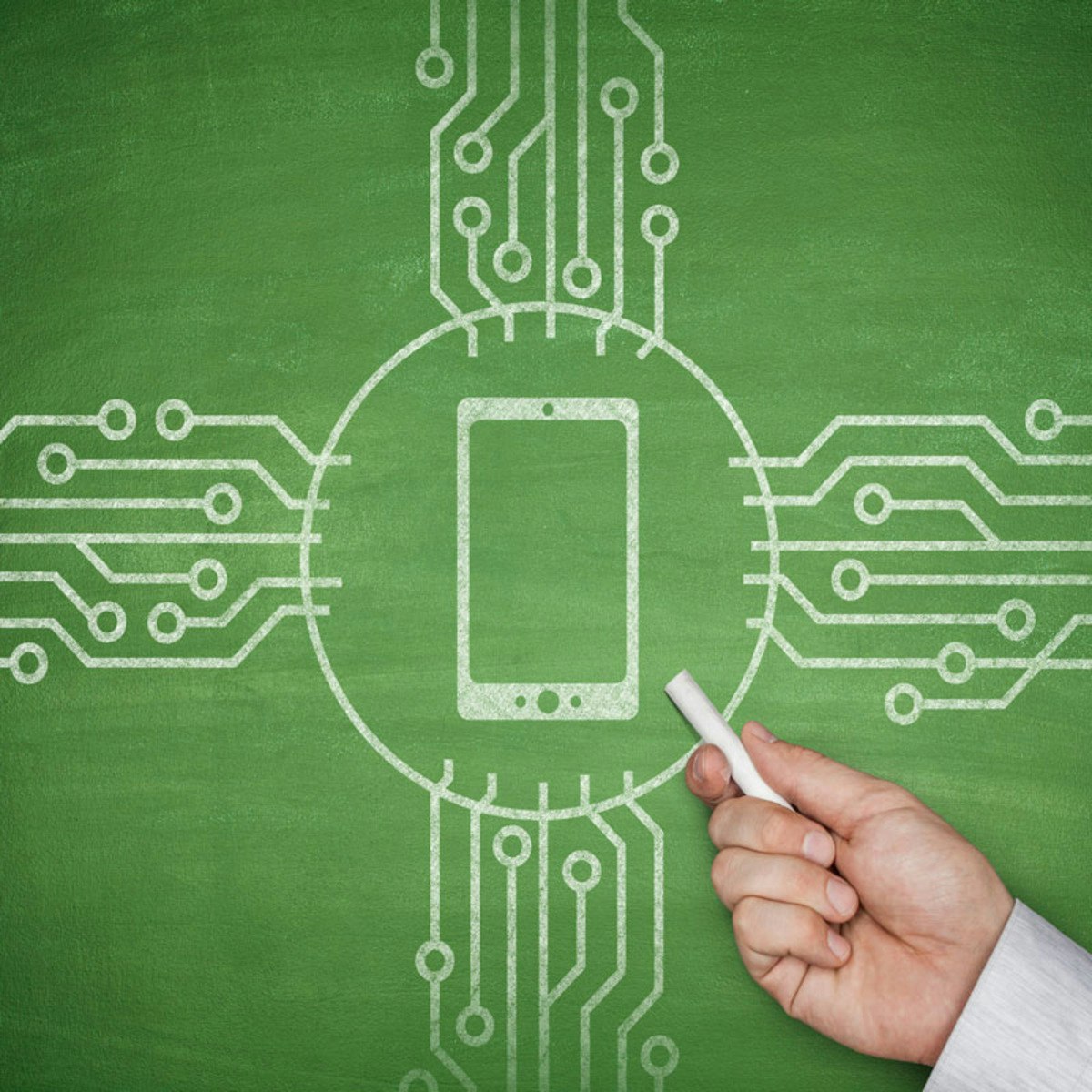
Mobile And Web Development Courses - Page 36
Showing results 351-360 of 456

Introduction to R Programming for Data Science
When working in the data science field you will definitely become acquainted with the R language and the role it plays in data analysis. This course introduces you to the basics of the R language such as data types, techniques for manipulation, and how to implement fundamental programming tasks.
You will begin the process of understanding common data structures, programming fundamentals and how to manipulate data all with the help of the R programming language.
The emphasis in this course is hands-on and practical learning . You will write a simple program using RStudio, manipulate data in a data frame or matrix, and complete a final project as a data analyst using Watson Studio and Jupyter notebooks to acquire and analyze data-driven insights.
No prior knowledge of R, or programming is required.

Introduction to Web Development with HTML, CSS, JavaScript
Want to take the first steps to become a Web Application Developer? This course will lead you through the languages and tools you will need to develop your own Web Apps.
Beginning with an explanation of how internet servers and clients work together to deliver applications to users, this course then takes you through the context for application development in the Cloud, introducing front-end, back-end, and full-stack development.
You’ll then focus on the languages you need for front-end development, working with HTML, CSS, and JavaScript.
Finally, you will discover tools that help you to store your projects and keep track of changes made to project files, such as Git and GitHub.

IoT Devices
The Internet of Things (IoT) stands to be the next revolution in computing. Billions of data-spouting devices connected to the Internet are already fundamentally changing the way we live and work. This course teaches a deep understanding of IoT technologies from the ground up. Students will learn IoT device programming (Arduino and Raspberry Pi), sensing and actuating technologies, IoT protocol stacks (Zigbee, 5G, NFC, MQTT, etc), networking backhaul design and security enforcement, data science for IoT, and cloud-based IoT platforms such as AWS IoT. As an optional honors avtivity, students will be guided through laboratory assignments designed to give them practical real-world experience, where they will deploy a distributed wifi monitoring service, a cloud-based IoT service platform serving tens of thousands of heartbeat sensors, and more. Students will emerge from the class with a cutting-edge education on this rapidly emerging technology segment, and with the confidence to carry out tasks they will commonly encounter in industrial settings. Important: To complete the practical part of the whole series (honors) there will be practical experimentation using actual hardware, which you will need to acquire. (Cost may vary between 100 and 200 USD depending on your location). Most parts that are needed for the first course, will be re-used in the following courses.

Consume an API with React using Apollo and GraphQL
By the end of this project, you will consume an API using GraphQL along with Apollo. GraphQL is a more flexible replacement for REST API. Apollo is used to simplify state management.

App Engine: Qwik Start - Go
This is a self-paced lab that takes place in the Google Cloud console.
This hands-on lab shows you how to create a small App Engine application that displays a short message. Watch the short video Build Apps at Scale with Google App Engine.

Basic User Interface Design for Web Developers
By the end of this project, you will be able to describe and demonstrate some basic user interface design principles and techniques used by web developers. You will modify HTML/CSS code to add alt attributes, alter color schemes, and change font sizes – all to improve a website’s user interface design. A website that provides a positive user experience is far more likely to be successful at meeting its goal--whether it is to inform, collect information, or sell a product or service.
Note: This course works best for learners who are based in the North America region. We’re currently working on providing the same experience in other regions.

Build a User Interface using Python Language
In this 1-hour long project-based course, you will learn how to (learning objective 1, learning objective 2, learning objective 3). Try to limit this to 400-500 characters.
Note: This course works best for learners who are based in the North America region. We’re currently working on providing the same experience in other regions.
Mobile VR App Development with Unity
"The virtual reality and augmented reality industries are growing by leaps and bounds — but finding workers with the right skills can be a challenge." - CNBC report
Virtual and Augmented Reality are poised to revolutionize how we interact with computers, with the world and with each other, and Unity is at the forefront of this technology; an estimated 90% of Samsung Gear VR games and 53% of Oculus Rift (games at launch) were Made With Unity. And according to labor market analytics company Burning Glass, "there’s nothing virtual about the jobs in this field. They’re here and now and very real."
In this course, you'll learn how to design, develop, troubleshoot, and publish your own mobile VR applications in Unity for Google Daydream, Gear VR, or Oculus Go devices. Using the very latest techniques recommended by Unity's VR engineers, you'll build a complete VR environment that you can continue to use after the course, while learning to apply best practices in user experience, interaction, teleportation and navigation design for VR. In short, this course will take you from software developer to VR developer.
This is the second of three courses in Unity's XR Specialization, which includes an Introduction to XR course as well as a planned course focused on developing handheld Augmented Reality (AR) applications with Unity.
The course assumes that you already have experience developing applications with Unity and that you are comfortable with basic C# programming. It will also be helpful if you are familiar with building other types of apps to run on mobile devices.

Create an App for Managing Company Expenses in Power Apps
Having trouble keeping track of expenses in your company? With the help of Power Apps, you can easily create an app that tracks business expenses while maintaining a healthy cash flow.
In this beginner-level guided project "Create an App for Managing Company Expenses in Power Apps", you will learn how to switch managing expenses to an automated application, which will allow you to create new records, delete and modify old records, and search for records using custom criteria.
First you will learn how to convert Excel tables to SharePoint lists and create a model-driven app with a SharePoint template. You will be able to create a new expense with the app, view all expenses, filter expenses depending on various criteria, and modify old records. Moreover, you will create a new landing screen, add buttons for navigation, and discover useful tips and tricks that every Power Apps user should know.
The minimum requirement for this project is having an active Microsoft Developer Program account. If you do not have an account, instructions are provided within this Guided Project.
Anyone can learn to use Power Apps regardless of their educational background! If you would like to make your life easier by upgrading your business, then this project is for you! Let's get started!

Networking and Security in iOS Applications
You will learn to extend your knowledge of making iOS apps so that they can securely interact with web services and receive push notifications. You'll learn how to store data securely on a device using Core Data. You’ll also learn to securely deploy apps to the App Store and beta users over-the-air.
The format of the course is through a series of code tutorials. We will walk you through the creation of several apps that you can keep as a personal app toolbox. When you make your own apps after this course, you can bring in these capabilities as needed. When necessary we pop out of the code tutorials to talk about concepts at a higher level so that what you are programming makes sense.
Upon completing this course, you will be able to:
1. Post Facebook, Twitter, Sina Weibo, Tencent Weibo messages to social media using single sign-on on behalf of a user.
2. Use OAuth 2.0 to securely authenticate to Instagram and retrieve photos on behalf of a user
3. JSON
4. Describe JSON’s syntax
5. Write well-formed JSON
6. Work with JSON data objects in Objective-C
7. Appropriately set the security settings for App Transport Security in iOS 9.0
8. Use http, https and https with perfect forward secrecy to fetch web resources
9. Obtain permissions to receive local push notifications
11. Write an app that can send and receive local push notifications
12. Obtain permissions to receive remote push notifications
13. Write an app that can receive remote push notifications
14. Authenticate using Apple’s cryptographic services such that the developer can use 3rd party infrastructure to send remote push notifications to their app.
15. Securely store data on the user’s device.
16. Authenticate using Apple’s cryptographic services such that they can deploy an app to the app store
Popular Internships and Jobs by Categories
Find Jobs & Internships
Browse
© 2024 BoostGrad | All rights reserved